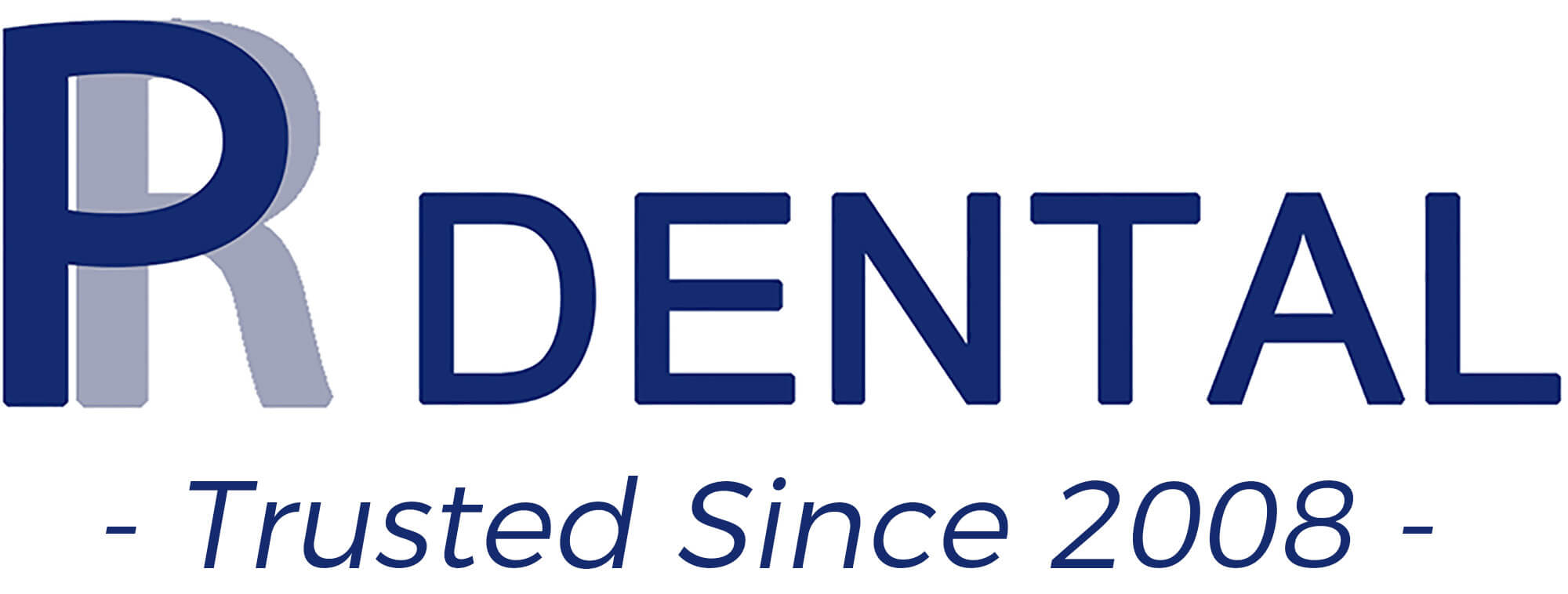Self-ligating braces are a type of orthodontic treatment that uses brackets and wires to align and straighten teeth. However, unlike conventional braces, self-ligating braces do not require elastic or metal ties to hold the wires in place.
How do Self-ligating Braces Work?
Self-ligating braces use a specialized bracket system that has a built-in mechanism to hold the wires in place. This eliminates the need for elastic or metal ties, which are commonly used with conventional braces. The brackets have a small door or clip that secures the wire, allowing for more efficient and precise tooth movement.
Advantages of Self-ligating Braces
1. Faster Treatment: Self-ligating braces can potentially reduce the overall treatment time compared to conventional braces. The absence of ties allows for less friction and more efficient tooth movement.
2. Fewer Adjustments: With self-ligating braces, fewer adjustments are needed during the treatment process. This means fewer visits to the orthodontist, saving time and effort.
3. Easier Oral Hygiene: The absence of ties makes it easier to maintain good oral hygiene. Without elastic or metal ties, there are fewer areas for plaque and food particles to accumulate, reducing the risk of tooth decay and gum problems.
4. Increased Comfort: Self-ligating braces exert less pressure on the teeth compared to conventional braces. This can result in a more comfortable orthodontic experience.
What are Conventional Braces?
Conventional braces, also known as traditional braces, consist of brackets, wires, and elastic or metal ties. The brackets are bonded to the teeth, and the wires are threaded through the brackets. The ties are used to secure the wires in place.
Advantages of Conventional Braces
1. Versatility: Conventional braces can be used to correct a wide range of orthodontic issues, including complex cases.
2. Cost-Effective: Conventional braces are often more affordable compared to alternative orthodontic treatments.
3. Proven Track Record: Conventional braces have been used for many years and have a long history of successful orthodontic treatment.
Which Option is Right for You?
The choice between self-ligating braces and conventional braces depends on various factors, including the complexity of your orthodontic case, your personal preferences, and your orthodontist's recommendation. It's essential to consult with an orthodontic specialist to determine the best treatment option for your specific needs.
Both self-ligating braces and conventional braces are effective orthodontic treatments. Self-ligating braces offer advantages such as faster treatment, fewer adjustments, easier oral hygiene, and increased comfort. On the other hand, conventional braces are versatile, cost-effective, and have a proven track record. Ultimately, the decision should be made in consultation with an orthodontist to ensure the best possible outcome for your orthodontic journey.

